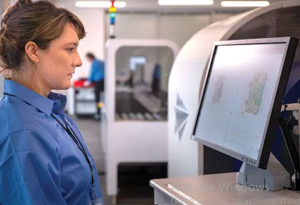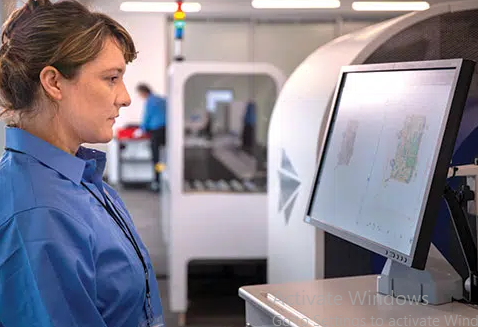Quantum-Based X-rays: Improving Security at Airports and Checkpoints
Introduction
Security screening at airports and checkpoints relies heavily on X-ray technology to detect potential threats. Traditional X-ray scanners have limitations in distinguishing materials with similar densities and often require high radiation doses for effective imaging. Quantum-based X-ray technology is revolutionizing security by enhancing detection capabilities, improving image resolution, and reducing radiation exposure.
How Quantum Technology Enhances X-ray Security
Quantum mechanics introduces several advanced techniques that improve X-ray imaging for security purposes:
- Quantum Entanglement for High-Resolution Imaging
- Entangled photons create sharper images, allowing for the identification of concealed objects with greater accuracy.
- Reduces false positives, minimizing unnecessary secondary screenings.
- Phase-Contrast Imaging for Material Differentiation
- Traditional X-ray systems rely on absorption contrast, which struggles to differentiate materials with similar densities.
- Quantum-based phase-contrast imaging highlights subtle variations in objects, improving the identification of explosives, narcotics, and prohibited items.
- Quantum Squeezing for Lower Radiation Exposure
- Reduces noise in X-ray scans, enabling high-quality imaging with lower radiation levels.
- Enhances safety for security personnel and travelers undergoing frequent screenings.
- Quantum-Enhanced Detectors for Greater Sensitivity
- Detects low-intensity X-ray photons more efficiently, improving scanning accuracy.
- Enhances the ability to detect hidden weapons, liquids, and illicit substances.
Applications in Airport and Checkpoint Security
Quantum-based X-ray advancements have significant implications for enhancing security measures:
- Luggage and Cargo Screening
- Provides more detailed scans, allowing for the precise identification of concealed threats.
- Reduces the need for manual inspections, speeding up security checks.
- Passenger Scanning
- Offers non-invasive, high-resolution body scans while maintaining privacy.
- Reduces exposure to harmful radiation compared to conventional body scanners.
- Detection of Threatening Substances
- Quantum X-ray imaging enhances the identification of hazardous materials, including explosives and biohazards.
- Can differentiate between harmless substances and potential threats with greater accuracy.
Future Implications
As quantum-based X-ray technology continues to develop, security checkpoints will become more efficient, accurate, and safer. Future advancements may include real-time AI-assisted threat detection, faster processing times, and more compact, portable scanning devices. These improvements will enhance security without compromising the passenger experience.
Conclusion
Quantum-based X-ray technology is setting a new standard for airport and checkpoint security by providing higher-resolution imaging, reducing radiation exposure, and improving threat detection. With continuous advancements, this technology will play a crucial role in making travel and public spaces safer while ensuring more efficient and accurate security screenings.

Also Read :
